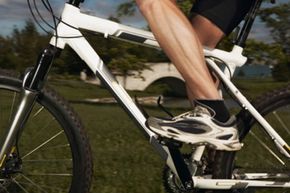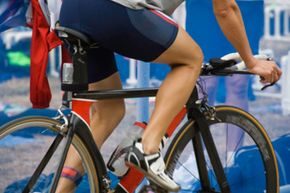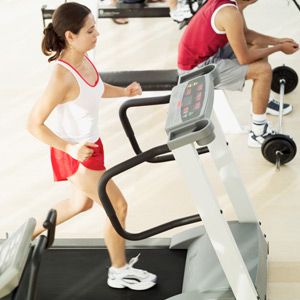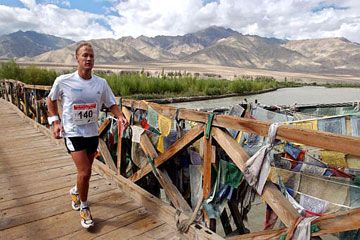Cyclists know more than anyone the importance of efficiency. Not only do everyday cyclists take pride in how biking can be more energy-efficient than driving a car, but avid cyclists improve personal efficiency in order to obtain optimal performance. They strive to make their bike an extension of their own body -- to translate every bit of energy their body exerts into power and speed.
In race training, working to strengthen your muscles is important, of course, but if you can simply work to improve your efficiency, you can boost your performance with the strength you already have. To improve cycling efficiency, you'll want to pay close attention to the concept of cadence.
Advertisement
Cadence is simply the speed at which you pedal. Cyclists measure this in revolutions per minute, or rpm. So, if one foot pedals a full circle about once every second, you are cycling at 60 rpm. It's a simple concept, but knowing about how it affects your performance will prove enormously helpful.
The average cyclist pedals at about 60 rpm, but advanced cyclists pedal at much higher cadences, from at least 80 rpm to more than 100 rpm.
Obviously, gears play a large role in cadence and how it translates into performance. It's easier to pedal on a low gear, but you'll have to sustain a very high cadence to move quickly. High gears, on the other hand, let you go faster on a lower cadence, but they require you to push harder to pedal.
To avoid fatigue and wasted energy, you need to find a good balance and shift gears as needed to maintain the most comfortable cadence. But as you improve your fitness, you'll be able to improve your overall performance at higher cadences. Cadence drills will also be important for improving endurance, which is especially helpful for triathletes. Next, we'll talk about the idea of optimal cadence, and then we'll cover some drills that will help you achieve it.
Advertisement




